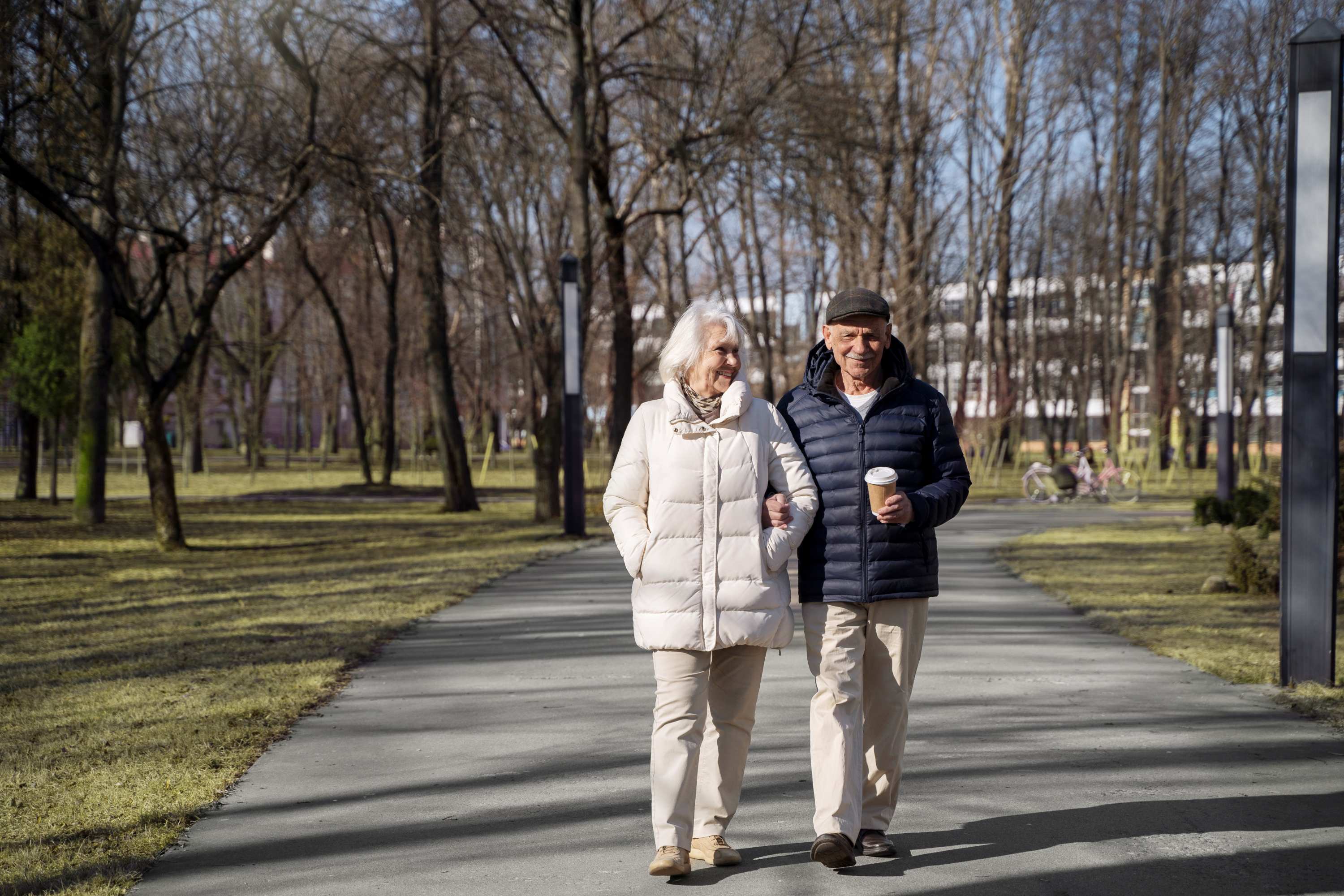Improvements in life expectancy slowed down in many European countries between 2011 and 2021
From 2011 to 2019, improvements in life expectancy slowed down in many European countries and many experienced declines in this indicator during the Covid-19 pandemic (2019-2021), according to a study published in The Lancet Public Health. The research shows that the average annual improvement in life expectancy fell from 0.23 years (1990-2011) to 0.15 years (2011-2019) in 20 European countries, including Spain.

Óscar Zurriaga - esperanza de vida EN
Óscar Zurriaga
Professor of Preventive Medicine and Public Health at the University of Valencia and outgoing president of the Spanish Society of Epidemiology (SEE).
The international collaboration that has made the GBD (Global Burden of Disease) studies possible is well known and appreciated, not only for the breadth of countries covered, but also for the use of an appropriate methodology, which has required prior homogenisation of data.
This article highlights the slowdown in the progress that had been made in improving life expectancy in most of the countries included in the study. Although a quick first reading may make it seem that the cause of this phenomenon can be explained in a simple way, due to changes in the population's exposure to common risk factors, the authors obviously emphasise the complexity of the phenomenon. They reel off, quite rightly in my opinion, the factors that may be behind all this. They draw attention to the importance of political interventions which, if they include tackling the commercial determinants of health, reducing food risks, improving levels of physical activity and guaranteeing access to effective medical care for prevention and treatment, can achieve improvements in life expectancy. They also emphasise that there is an urgent need to develop more intersectoral strategies to reverse the slowdown in improvements in life expectancy, with a health-in-all-policies approach being necessary to address these determinants and reduce health inequalities.
The authors also emphasise that the countries that experienced the greatest slowdown in improvements in life expectancy before the COVID-19 pandemic were generally the ones that were most severely affected by COVID-19. It was in these countries that some of the greatest decreases in life expectancy occurred in 2019-2021. This indicates that the situation in these countries was not good before the Covid-19 pandemic and that an impact, such as that which has occurred since 2020, had greater consequences due to the previous situation. This is an important warning for decision-makers and policy-makers, especially since in times of crisis there has been a general tendency to reduce spending on public services, including health spending. When this line is applied more, the impact on the social determinants of health has a greater impact on health and social well-being and ends up contributing to the slowdown in the improvement of mortality.
The declaration of conflicts of interest is published here.
Usama Bilal - esperanza de vida EN
Usama Bilal
Associate professor in the Department of Epidemiology and Biostatistics and co-director of the Urban Health Collaborative and the Center for Climate Change and Urban Health Research at Drexel University's Dornsife School of Public Health
This article is a high-quality study, mainly due to the robustness of the civil/vital registration systems in Europe. This robustness helps to provide a complete picture of the mortality profile over 32 years, including aspects such as life expectancy at birth (the average number of years a newborn can expect to live in the future if the mortality patterns of their year of birth continue) and the contribution of different causes of death to changes in this life expectancy at birth. The part of risk factors that contribute to these causes already requires a much higher number of assumptions, and I think they are of less interest for the conclusions of the study.
The study basically shows us that, despite notable improvements in the longevity of European populations between 1990 and 2019, this improvement was not as pronounced during the second phase of that period (2011-2019). For example, for Spain, from 1990 to 2011 life expectancy at birth increased by 0.25 years each year (that is, about 5.5 years over the entire period) compared to 0.13 years during the second period (with a total of 1.17 years gained between 2011-2019). This slowdown in gains was particularly noticeable in the UK and Greece.
The study also highlights changes in life expectancy at birth during the pandemic, which we were already well aware of from other studies, so really the biggest contribution is the connection of these changes during the pandemic with what came before: a slowdown in improvements in mortality in the European population in general.
The biggest limitation, as always in these studies, is the assignment of causes of death, which always contains a degree of error. Of course, the whole analysis of the causes of these changes (blood pressure, etc.) is based on many assumptions that can be problematic.
GBD 2021 Europe Life Expectancy Collaborators
- Research article
- Peer reviewed
- People
- Systematic review



